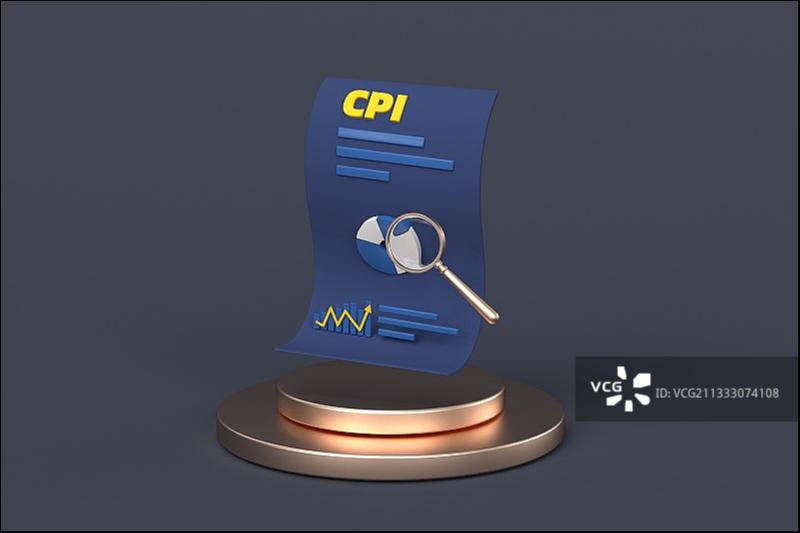
BEIJING, November 9 (AsianFin) -- Consumer prices fell 0.2% in October after staying flat in September, China’s National Bureau of Statistics (NBS) said Thursday.
Year-on-year core inflation, which excludes food and fuel prices, was up 0.6%, slowing from a 0.8% year-on-year rise in September. Producer prices fell 2.6% from a year earlier in October, the first widened decrease since July.
Factors including a supply excess and falling consumer demand after the National Day holiday dragged down food prices, resulting in declining CPI in October compared to the previous year and previous month. Affected by fluctuations in prices of international crude oil and non-ferrous metal and a high base for comparison, the month-on-month industrial producer price index (PPI) stay unchanged after gains in September, and the year-on-year rate of decline widened slightly in October.
CPI performance in October was lower than expected, while PPI decline was in line with expectations.
Food prices fell 4% year on year in October compared with a year-on-year decline of 3.2% in September, reducing the CPI by about 0.75 percentage points. Among them, prices of pork plunged 30.1% from a year earlier, widening the rate of decline by 8.1 percentage points and affecting the CPI by about 0.55 percentage points due to oversupply and weak demand. The prices of eggs, beef and mutton, fresh vegetables, and edible oils also declined by a range of 3.5% to 6.4%.
The YoY increase in non-food prices was 0.7% in October, dragging the CPI by about 0.57 percentage points, of which the decline in prices of industrial consumer goods narrowed by 0.2 percentage points to 0.1% and gasoline prices increased by 1.8% from a decline of 1.2% compared to the previous year. The rate of increase in service prices fell by 0.1 percentage points to 1.2%, with the growth rates of travel and air ticket prices slowing to 11% and 5.1%, respectively.
CPI inflation declined to 0.1% over the month in October compared to a 0.2% increase seen in September. Among them, food prices turned from the previous month's increase of 0.3% to a decline of 0.8%, reducing the CPI by about 0.14 percentage points, which is the most prominent factor dragging the CPI. Dong Lijuan, chief statistician of the National Bureau of Statistics Urban Division, said that in October the overall supply of agricultural products was sufficient as the result of the improved weather conditions in most parts of the country, coupled with the drop in demand after the National Day holiday, the prices of fresh and live food mostly declined.
Non-food prices stayed flat in October after a 0.2% gains in September. Prices of domestic gasoline rose 1.8% month-on-month due to fluctuations in international oil prices. Demand for post-holiday travel fell, with prices for plane tickets and travel dropping 7.7% and 0.3% respectively.
According to the NBS, among the 0.2% year-on-year decline of CPI in October, the impact of tail-raising factor is responsible for about -0.2 percentage points, the same as last month and the impact of the new price factors is about 0, down 0.2 percentage points from the previous month.
The year-on-year decline in PPI widened in October due to fluctuations in price of international crude oil and non-ferrous metal and a higher base in the same period of 2022. Among them, the decline in prices of means of production remained remained unchanged at 3.0%. The decline in prices of means of subsistence widened by 0.6 percentage points to 0.9%, mainly due to the highest year-on-year increase in 2022 since 2012 (2.2%). The two dragged down the year-on-year decline of PPI by about 2.35 and 0.24 percentage points, respectively. Among them, year-on-year declines widened in the non-metallic mineral products industry and ferrous metal smelting and rolling processing industry, while the declines narrowed in the coal mining and washing industry, chemical raw materials and chemical products manufacturing industry, and petroleum, coal and other fuel processing industry. New energy passenger cars, computer communications and other electronic equipment manufacturing prices fell to 4.6% and 2.9%.
From the perspective of month-on-month performance, the PPI turned flat in October from a 0.4% rise in September. Among them, the price of means of production fell 0.4 percentage points to 0.1%, affecting the PPI rose by about 0.08 percentage points. The price of means of living turned from a rise of 0.1% to a decline of 0.1%, affecting the PPI fell by 0.04 percentage points. Affected by the fluctuation in prices of international crude oil and non-ferrous metal, the month-on-month increase of oil and natural gas mining industry, oil coal and other fuel processing industry prices fell. The coal demand increased. Price increase in coal mining and washing industry expanded to 3.4%. Prices of new energy passenger car rose 0.1% and prices of computer communications and other electronic equipment manufacturing fell 0.3%.
In the 2.6% year-on-year PPI decline in October, the carryover effect intensified, contributing -0.4 percentage points and the drag of the new price factors narrowed by 0.1 percentage points to -2.2 percentage points.



